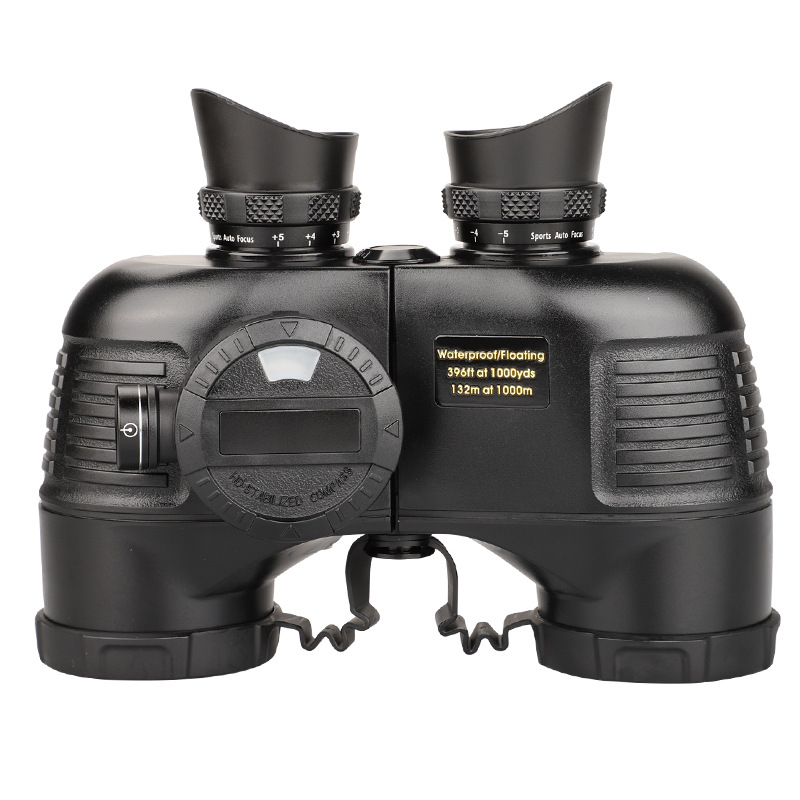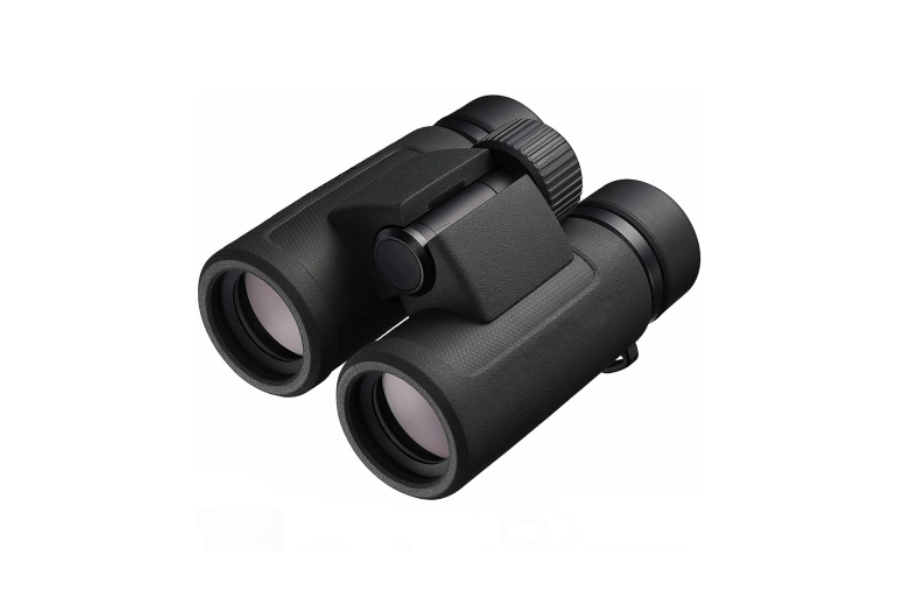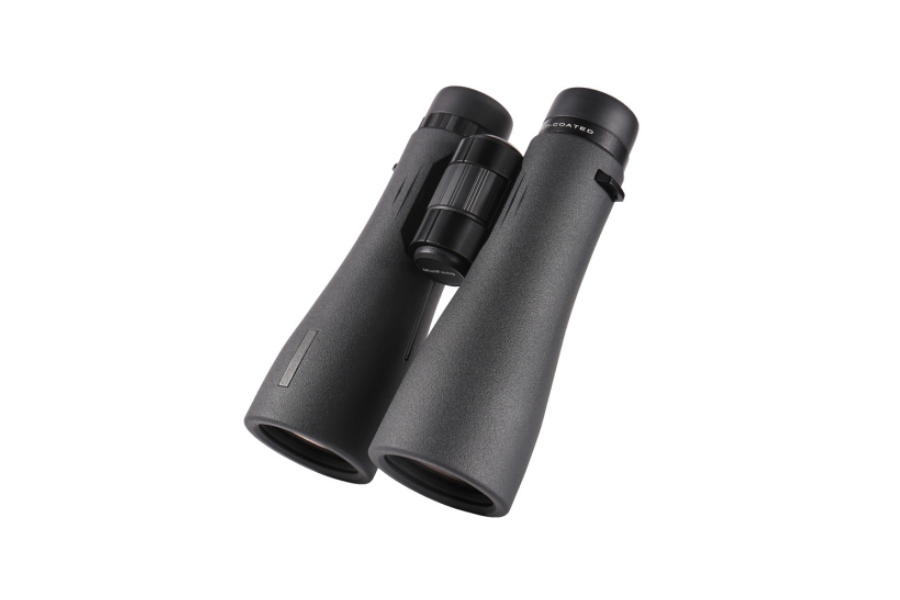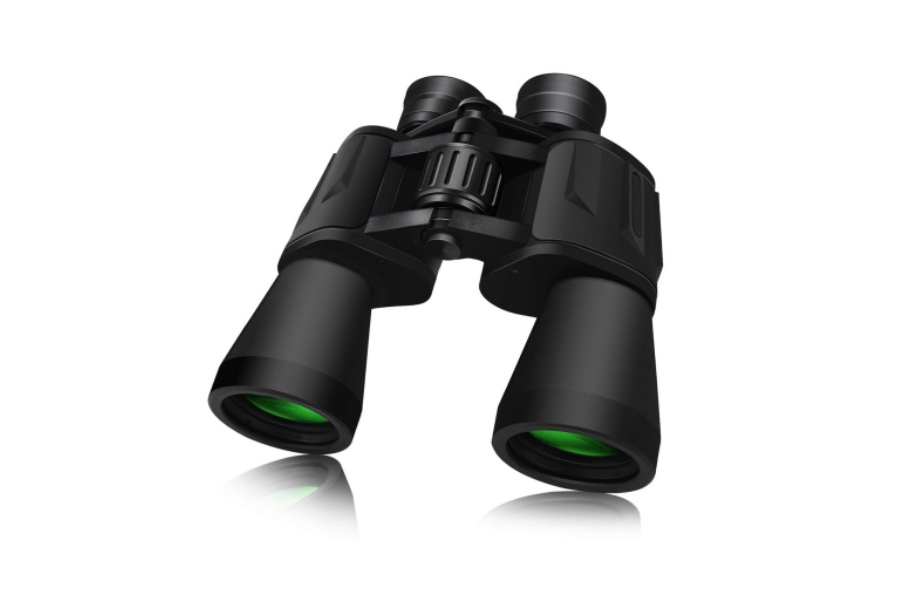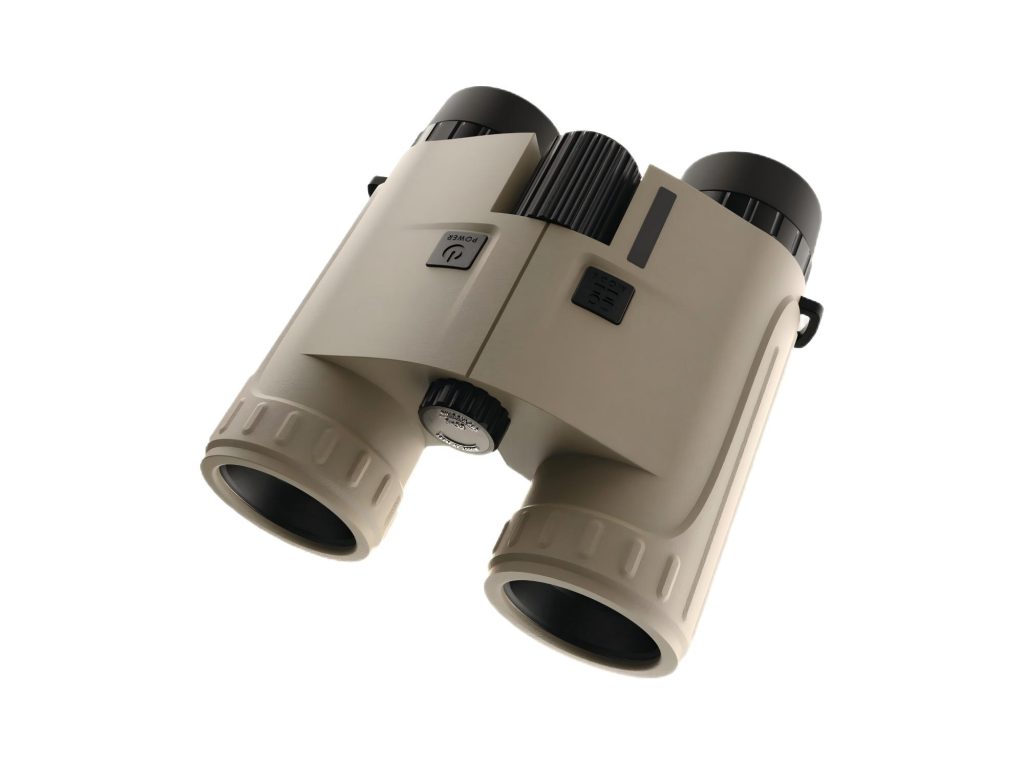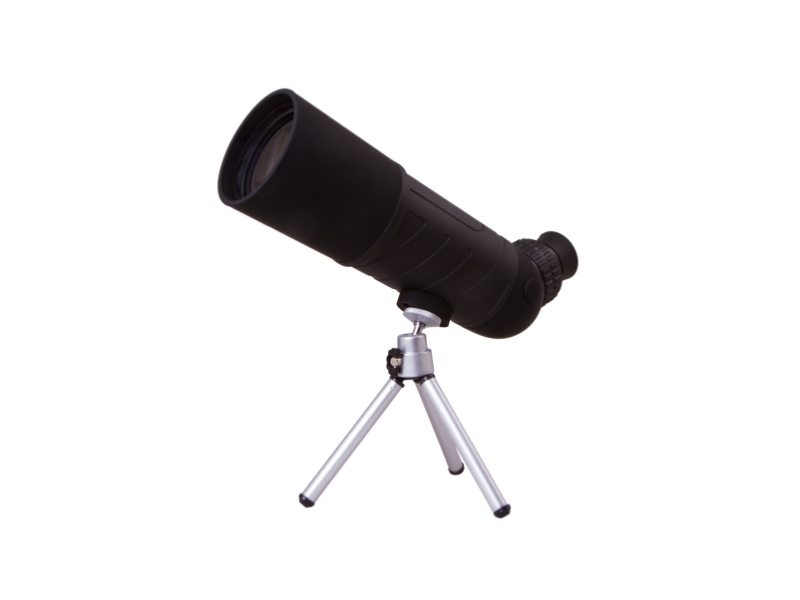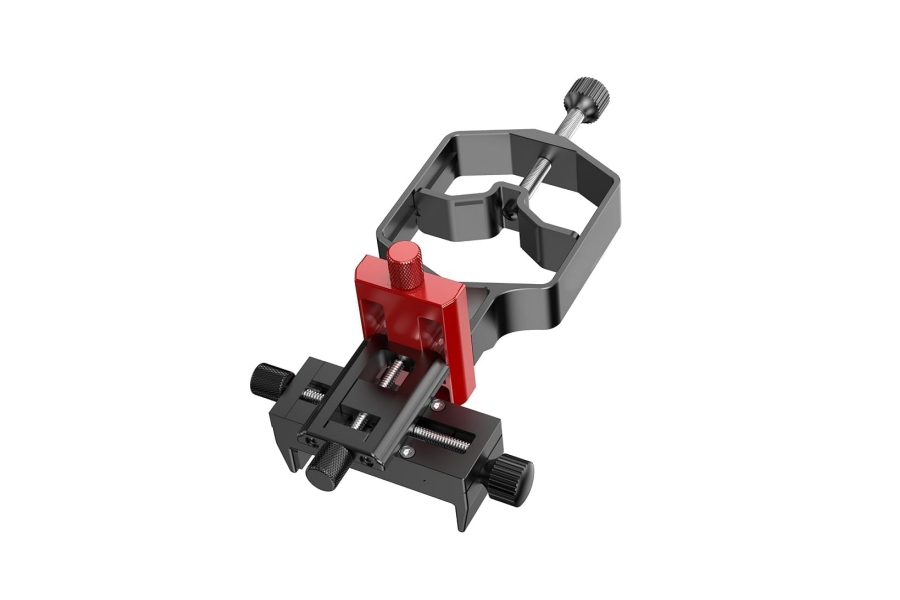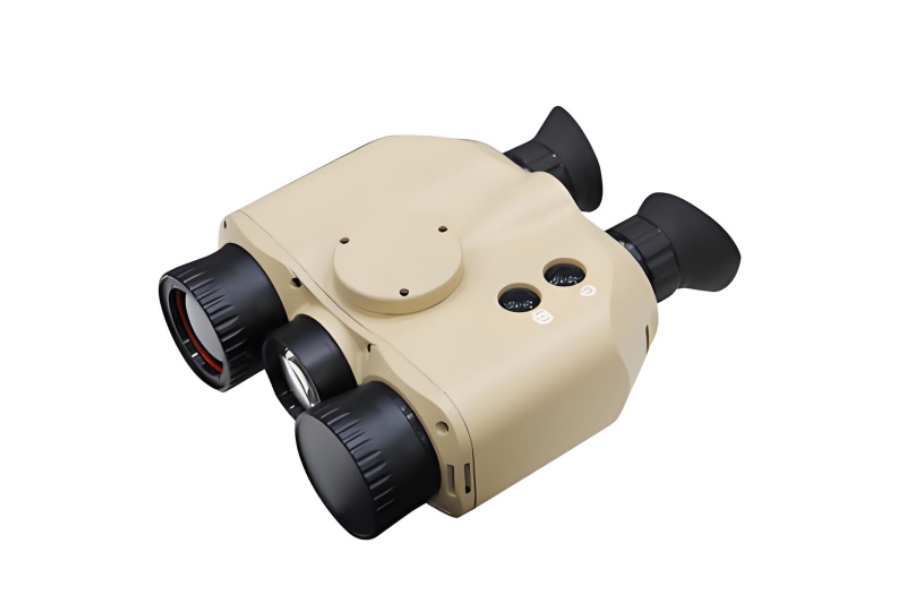When it comes to optical instruments, binoculars and monoculars are two of the most widely used tools for observation. Whether you’re an avid birdwatcher, an astronomy enthusiast, a traveler, or a sports spectator, selecting the right device is critical to achieving optimal viewing experiences. This in-depth guide will explore the technical nuances, advantages, and limitations of binoculars and monoculars, helping you make an informed decision based on your specific needs.

Understanding the Fundamentals: Binoculars vs Monoculars
Binoculars
- Optical Configuration: Binoculars consist of two parallel optical tubes, each with an objective lens, prism system, and eyepiece. They provide binocular vision, which mimics natural human sight.
- Key Features: Lightweight, ergonomic design, wide field of view (FOV), and enhanced depth perception due to stereoscopic vision.
- Common Applications: Birdwatching, wildlife observation, sports events, hiking, and general outdoor activities.
Monoculars
- Optical Configuration: Monoculars feature a single optical tube with a similar internal structure to binoculars but are designed for single-eye use. They often require stabilization via a tripod for extended viewing sessions.
- Key Features: High magnification, compact design (in some models), and superior light-gathering capabilities for long-distance observation.
- Common Applications: Astronomical observation, long-range surveillance, hunting, and digiscoping (combining with cameras for photography).
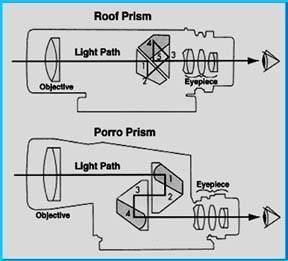
Technical Specifications: What Sets Them Apart?
(1) Magnification and Objective Lens Diameter
Binoculars: Typically offer magnifications ranging from 8x to 12x, with objective lens diameters between 32mm and 50mm. For example, an 8×42 binocular provides 8x magnification and a 42mm objective lens.
Monoculars: Often feature higher magnifications (15x to 60x) and larger objective lenses (50mm to 100mm), making them ideal for detailed, long-range observation.
(2) Field of View (FOV)
Binoculars: Provide a wider FOV, often exceeding 300 feet at 1,000 yards, which is advantageous for tracking moving subjects.
Monoculars: Have a narrower FOV due to higher magnification, typically ranging from 100 to 200 feet at 1,000 yards.
(3) Exit Pupil and Low-Light Performance
Binoculars: With an exit pupil of 4mm to 7mm (calculated as objective lens diameter ÷ magnification), they perform well in low-light conditions, especially models with larger objective lenses.
Monoculars: Often have a smaller exit pupil at higher magnifications, which can limit low-light performance unless paired with large objective lenses.
(4) Prism Systems
Binoculars: Use either Porro prisms or roof prisms. Porro prisms binoculars offer better depth perception and are more affordable, while roof prisms binoculars provide a compact, streamlined design.
Monoculars: Typically use roof prisms due to their single-tube design, ensuring portability and durability.
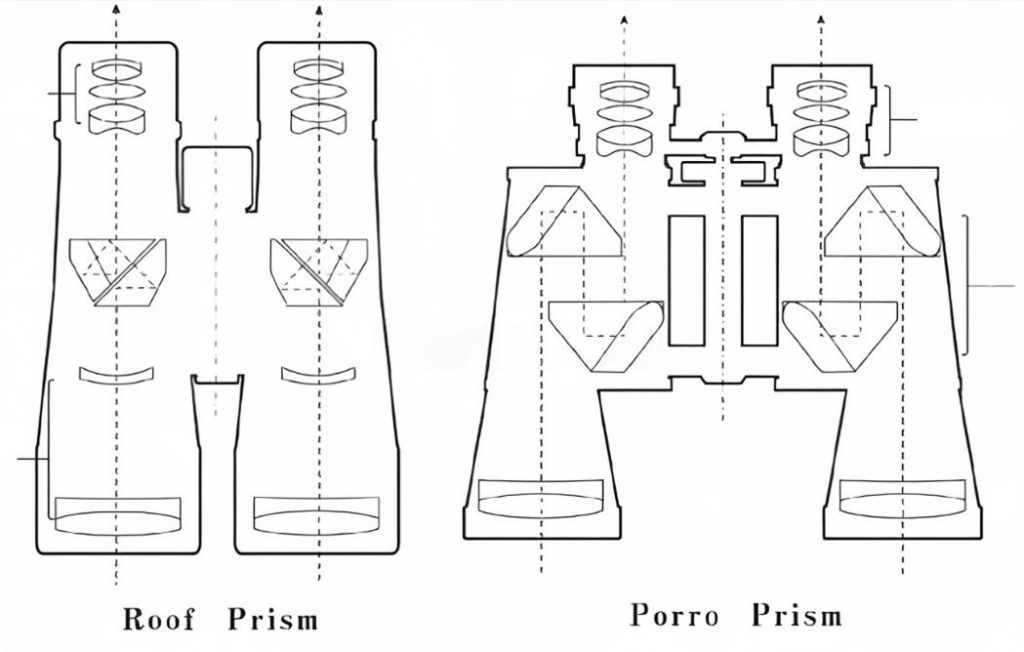
Advantages of Binoculars and Monoculars
Advantages of Binoculars: Why They Shine
(1) Binocular Vision for Enhanced Depth Perception
Binoculars provide a three-dimensional view, allowing users to perceive depth and distance more accurately. This is particularly useful for activities like birdwatching or sports, where judging the position of a moving subject is critical.
(2) Ergonomics and Portability
Modern binoculars are designed with ergonomics in mind, featuring lightweight materials like magnesium alloy and rubber armor for a comfortable grip. Their compact size makes them easy to carry during extended outdoor excursions.
(3) Wide Field of View
A wider FOV allows users to observe larger areas without constantly adjusting the device. This is especially beneficial for tracking fast-moving subjects like birds or athletes.
(4) Ease of Use
Binoculars are user-friendly, requiring no additional accessories for basic operation. Features like central focusing and diopter adjustment make them accessible to beginners.

Advantages of Monoculars: When They Excel
(1) High Magnification for Detailed Observation
Monoculars are ideal for situations where high magnification is required, such as observing distant wildlife or celestial objects. Their ability to zoom in on fine details makes them a favorite among astronomers and hunters.
(2) Superior Light-Gathering Capabilities
With larger objective lenses, monoculars can gather more light, making them suitable for low-light conditions like dusk or dawn. This is particularly advantageous for astronomical observation.
(3) Compact and Lightweight Design
While some monoculars are designed for high-power observation and require tripods, others are compact enough to fit in a pocket, making them a versatile tool for travelers and hikers.
(4) Digiscoping Capabilities
Many monoculars can be paired with smartphones or cameras for digiscoping, allowing users to capture high-quality images of distant subjects. This feature is highly valued by wildlife photographers and content creators.
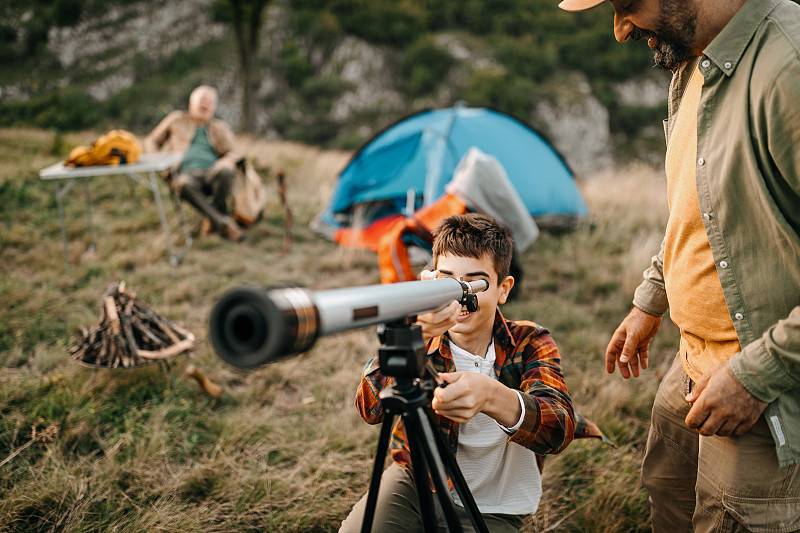
Choosing the Right Device: A Decision Matrix
(1) Purpose of Use
Binoculars: Ideal for dynamic activities like birdwatching, sports events, and hiking, where portability and a wide FOV are essential.
Monoculars: Best suited for static, long-distance observation, such as astronomy, surveillance, or detailed wildlife study.
(2) Technical Considerations
Magnification: Choose lower magnification (8x-10x) for general use and higher magnification (15x-60x) for specialized applications.
Objective Lens Size: Larger lenses (42mm-50mm for binoculars, 50mm-100mm for monoculars) improve light-gathering ability but increase weight.
Prism Type: Roof prisms offer durability and compactness, while Porro prisms provide better depth perception.
(3) Budget and Portability
Binoculars: Generally more affordable and portable, making them a practical choice for casual users.
Monoculars: Often more expensive due to advanced optics and higher magnification, but their compact design appeals to professionals.
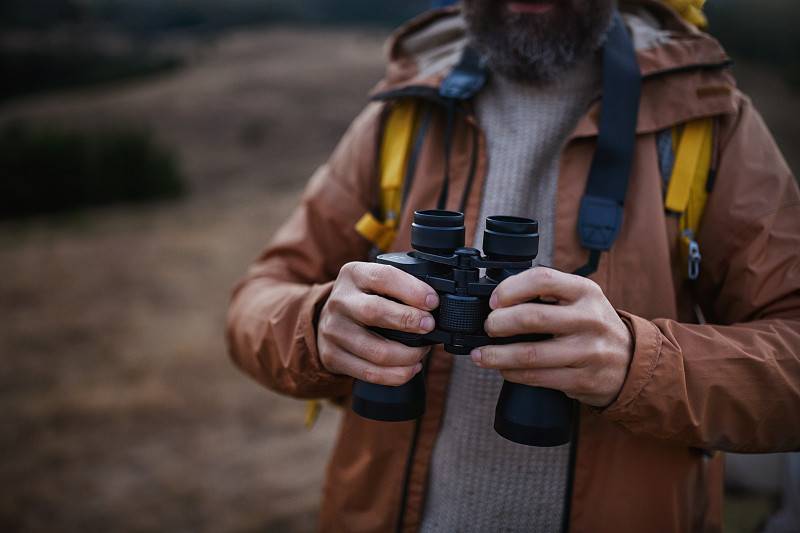
(4) Advanced Features to Consider
- ED Glass and Phase-Corrected Coatings: High-end binoculars and monoculars often feature Extra-Low Dispersion (ED) glass and phase-corrected coatings to minimize chromatic aberration and enhance image clarity.
- Waterproofing and Fog-Proofing: Look for devices with nitrogen or argon purging to ensure waterproof and fog-proof performance, especially for outdoor use in harsh conditions.
- Image Stabilization: Some premium binoculars and monoculars come with built-in image stabilization to reduce shake, particularly at high magnifications.
- Interpupillary Distance Adjustment: Binoculars with adjustable interpupillary distance ensure a comfortable fit for users with varying eye spacing.
Making the Right Choice
Both binoculars and monoculars have their unique strengths and applications. Binoculars excel in providing a comfortable, wide-field viewing experience, making them ideal for dynamic activities. Monoculars, on the other hand, offer high magnification and specialized performance, catering to professionals and enthusiasts with specific needs. Here are some recommendations:
Top Recommendations for 2025
Binoculars
- Swarovski EL 10×42: Renowned for its exceptional optical clarity and rugged build.
- Zeiss Victory SF 8×42: Offers a wide FOV and lightweight design for extended use.
Monoculars
- Vortex Optics Razor HD 27-60×85: A high-performance monocular with exceptional light-gathering capabilities.
- Leica Monovid 8×20: Compact and lightweight, perfect for travelers and hikers.
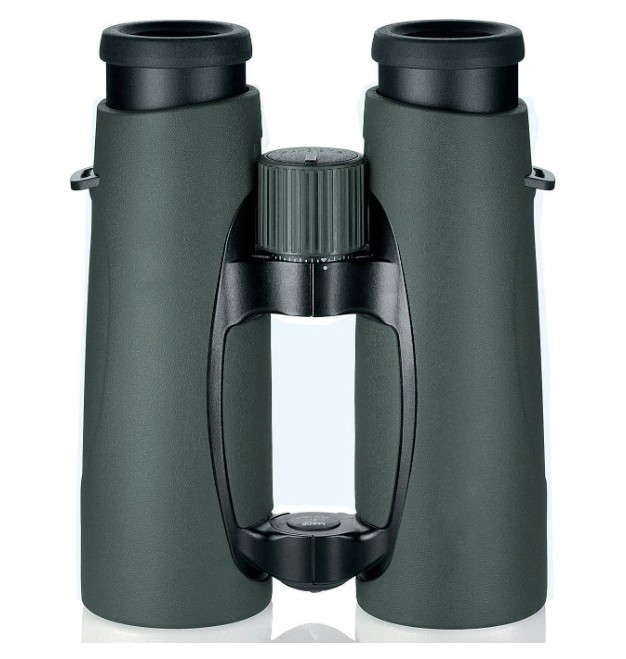
By understanding the technical specifications, advantages, and limitations of each device, you can make an informed decision that aligns with your observational goals. For any customization needs, please feel free to concact binoculars and monoculars manufacturers. Whether you’re exploring the wilderness, gazing at the stars, or capturing distant moments, the right optical instrument will elevate your experience.

